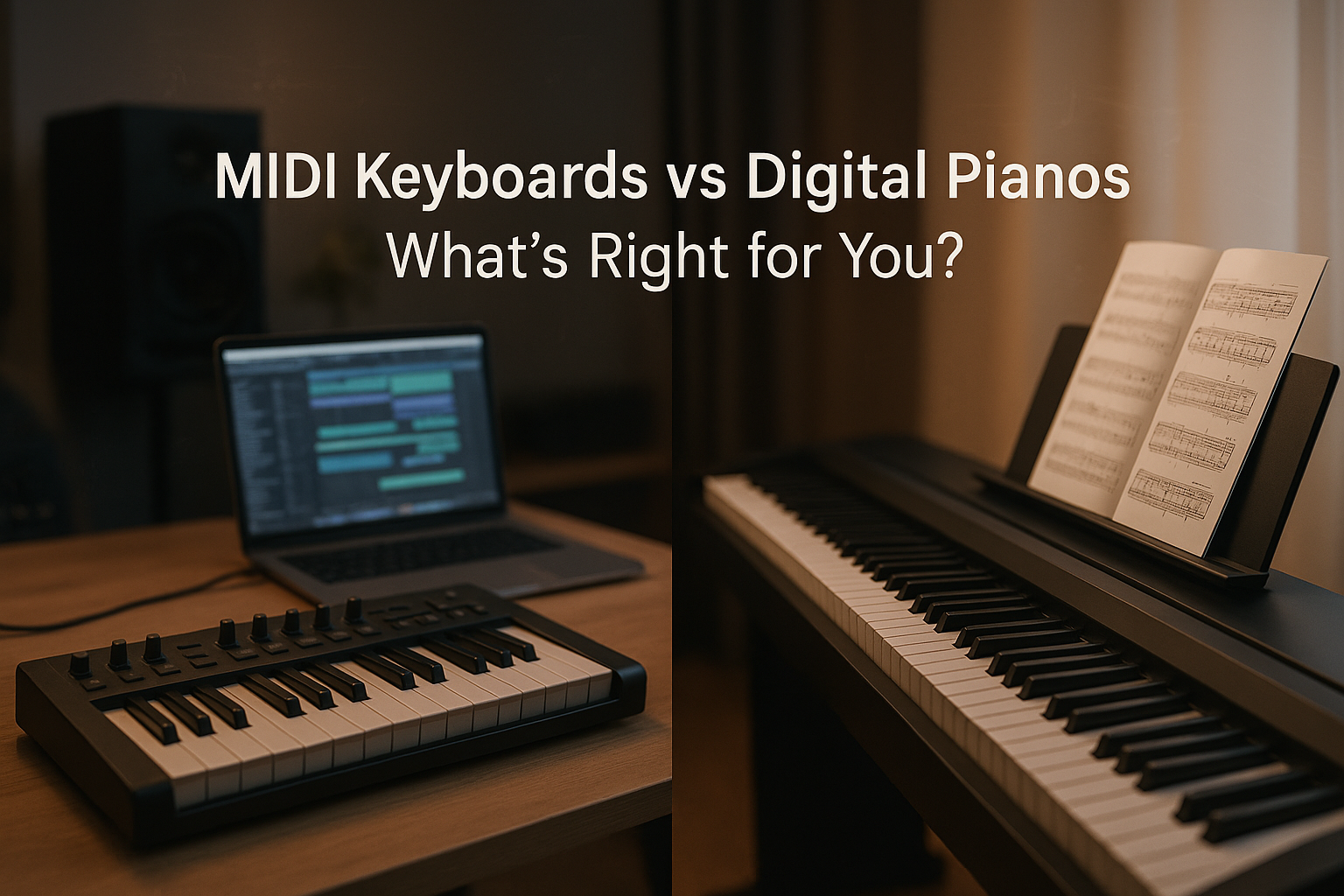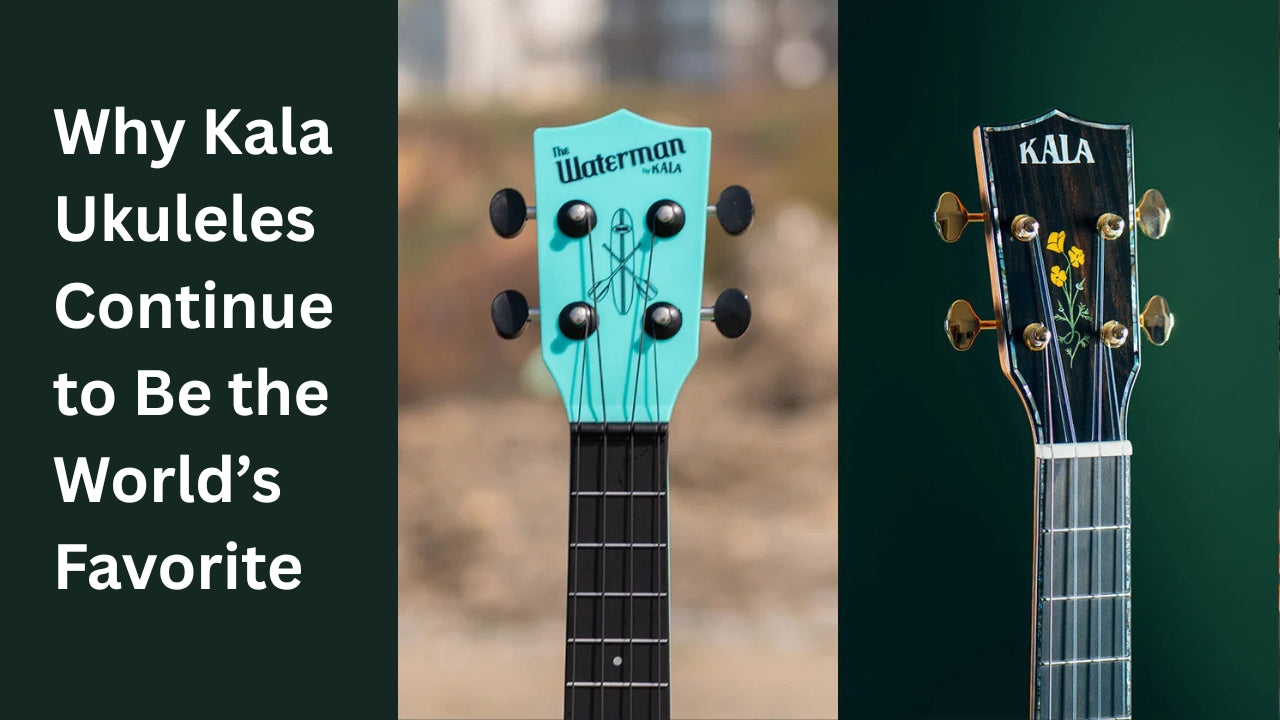Sometimes parents who discover musical ability in their children have pleasant fantasies of their prodigy performing sweet-toned violin concertos or mellow classical guitar solos. But those fantasies are often shattered once those parents discover their offspring aren’t interested in such things—they want a drum set and nothing else will do! In this guide we’ll walk you through the components that make up a drum set and highlight some beginner-friendly sets that are likely to make sense for your budget while thrilling than new drummer. We’ll also take a brief look at world and concert percussion musical instruments. In this guide we’ll keep your options simple and straightforward. For a deeper look at drums and percussion, learn more with these expert guides.
Drum set components
While most drum sets may look essentially similar to the untrained eye, there are significant differences among them in terms of their overall quality as well as the number of individual drums, cymbals and other percussion instruments they include. The average 11-year-old may likely have a “bigger-is-better” attitude and gravitate toward the big kits. But what are all those pieces, and which ones do you really need?
Kick, snare, hi-hat: the big three
These are three three basic components in any drum set. They provide the backbone of most drum rhythms, and are often the first to get upgraded as a musician progresses.
- Bass Drum - The bass drum, also called a kick drum, is the biggest drum in the set. It is the one that stands on its side in the center of the drum set and is played with a foot pedal. It produces the deepest notes, usually the basic downbeats.
- Snare Drum - The snare is the main drum in a set. It is mounted on a stand and positioned between the drummer’s knees, and produces a loud, sharp sound.
- Hi-Hat - The hi-hat is a set of two cymbals positioned next to the snare drum. It’s played by clashing the cymbals together with a foot pedal and by hitting them with drumsticks.
Every drum kit will include a kick, snare, and hi-hat.
Toms
Toms, sometimes referred to as tom toms, are the other drums that make up the kit. They typically produce a hollow sound at various pitches depending on the size of the drum. Most drum sets have one or more suspended toms mounted on the top of the bass drum and sometimes called hanging toms. They also include a larger, deeper-sounding floor tom that’s mounted on its own stand placed on the floor.
- High Tom - This is the smallest tom and is mounted over the bass drum, nearest the snare.
- Mid Tom - The mid tom, if there is one, is also mounted over the bass drum, beside the high tom.
- Floor Tom - The largest tom, it’s usually mounted on a stand positioned by the drummer’s leg.
The toms are usually positioned to create an arc, from the highest pitch near the snare and hi-hat to the lowest pitch on the outside of the kit. Two or three toms should be perfectly adequate for a beginner drummer. 
Some advanced drummers never add a mid tom, because they like a simple kit or because their musical style doesn’t require one. Other musical styles make consistent use of three different tom tones, and so those drummers insist on a mid tom and perhaps several more.
Cymbals
In addition to the hi-hats mentioned above, there are two common cymbals found in most starter drum kits.
- Crash Cymbals - Crash cymbals come in a variety of sizes, and are usually mounted above the toms. They are usually the loudest cymbals in a kit.
- Ride Cymbals - The ride cymbal is larger than the crash cymbal, and is generally suspended above or near the floor tom. It creates a more gentle sound “wash.”
A junior drum kit will usually include one or two generic cymbals. They are smaller—to fit the scaled size of the kit—and don’t have the sonic quality of full-sized cymbals, so they are often not specified as “crash” or “ride” cymbals.
Throne
Many starter-level drum kits include a throne, but be sure to double-check. Conventional chairs and office stools are too tall for a drum set, so if the kit you’re looking at doesn’t include a throne, you’ll want to pick up one. You’ll find a large assortment of drum thrones to suit any budget at Musician’s Friend.
Best junior drum sets for beginners
If your future drum prodigy seems at all serious about wanting drums, it’s best to avoid buying the toy-store variety. Toy drums are just that—a toy that can’t produce the kind of tones and offer the kind of performance that will keep the new drummer engaged and practicing. 
Pulse’s 3-Piece Deluxe Junior Drum Set is a great option for younger beginners. It‘s scaled to accommodate kids’ smaller frames appropriately, but it is built of rugged metal and sturdy poplar wood so it’s definitely not a toy. It comes complete, with a kick, snare, hi-hat, tom, a small ride cymbal, throne, and drumsticks—all at a very budget-friendly price. 
Ludwig is a big name in drums, and their Junior Outfit Drum Set adds step-up features not found in similar junior sets. In addition to a junior kick, snare, hi-hat, cymbal, and high tom; this kit adds a mounted tom and a floor tom, as well as a more substantial cymbal stand.
A step-up drum set for older players
If your new drummer is a teen, a full-sized starter set is a good place to begin. Drum diameters are similar to more advanced and expensive drum kits and overall quality is higher than that of junior sets. 
The D2 5-Piece Drum Set from ddrum is a very affordable set that includes everything necessary to begin playing straight out of the box. With its step-up hardware and deep-toned mahogany drum shells it can make a great introduction to drumming that will keep new players enthusiastic as they progress in their skills. The complement of three toms with a bass and snare together with all hardware, a throne, and 5 sets of sticks with a stick bag make this set a great value.
What about electronic drum kits?
As you start shopping, you will likely come across electronic drum kits.They are convenient for small rehearsal spaces because they can be played with headphones or at very quiet volumes. Electronic kits are sometimes useful in a studio setting because their sound is easier to control, and they can produce hundreds of drum, cymbal and percussion sounds. While many experienced drummers prefer the natural sound and playability of an acoustic drum kit, electronic drums have the advantage of offering quiet or silent practice—a blessing for family members and neighbors. They do however usually cost more than starter acoustic drum sets. 
Sold separately
There are a lot of optional accessories for drum sets, but here are a few small pieces you may want to consider right away:
- Sticks - Some beginner drum kits come with sticks, but some don’t. Drum sticks are sized by number and letter combinations. The higher the number, the thinner the stick. Small, inexperienced hands generally do better with wider sticks. Learn more with our Drum Stick Buying Guide.
- Dampening Devices - Drums ring when they are struck, but too much ring is loud and annoying. Dampening a drum head slightly can produce a much better sound. Dampening gels or control rings are both good options. Additionally, a bass drum kick/impact pad will extend the life of the kick drum head.
- Practice Pads - These allow near-silent practice while providing playing dynamics that resemble playing a real drum. Even professional drummers use them to hone their skills and develop endurance at times playing the drum kit isn’t possible.
There is almost no end to the accessories and upgrades that are available, and you can browse the entire Musician’s Friend selection of drum accessories here. For the young drummer just starting out (and his or her parents), these few will get you by for now.
World and Concert Percussion instruments
- World Percussion refers to a variety of drums and other rhythm instruments that are typically played with hands, sticks, or other types of strikers.
- Concert Percussion is used in school bands and professional orchestras. It includes a wide variety of instruments that includes everything from big kettle drums to the tiny triangle. In most school music programs, concert percussion is provided by the school due to its significant cost.
Though there are hundreds of world percussion instruments to choose from, the djembe has become a very popular choice due to its broad range of sounds, and relatively easy learning curve. The Toca Freestyle Djembe is one of our bestsellers thanks to its full-bodied sound, range of size options and cool graphics. 
If you have a child who wants to play concert percussion with a school band, you may be asked to purchase a snare kit. The Pearl SK-900 Snare Drum Kit is one of the most basic, and most affordable options. 





Share:
Review- ESP LTD EC-100QM ELECTRIC GUITAR
How to Choose the Right DJ Equipment